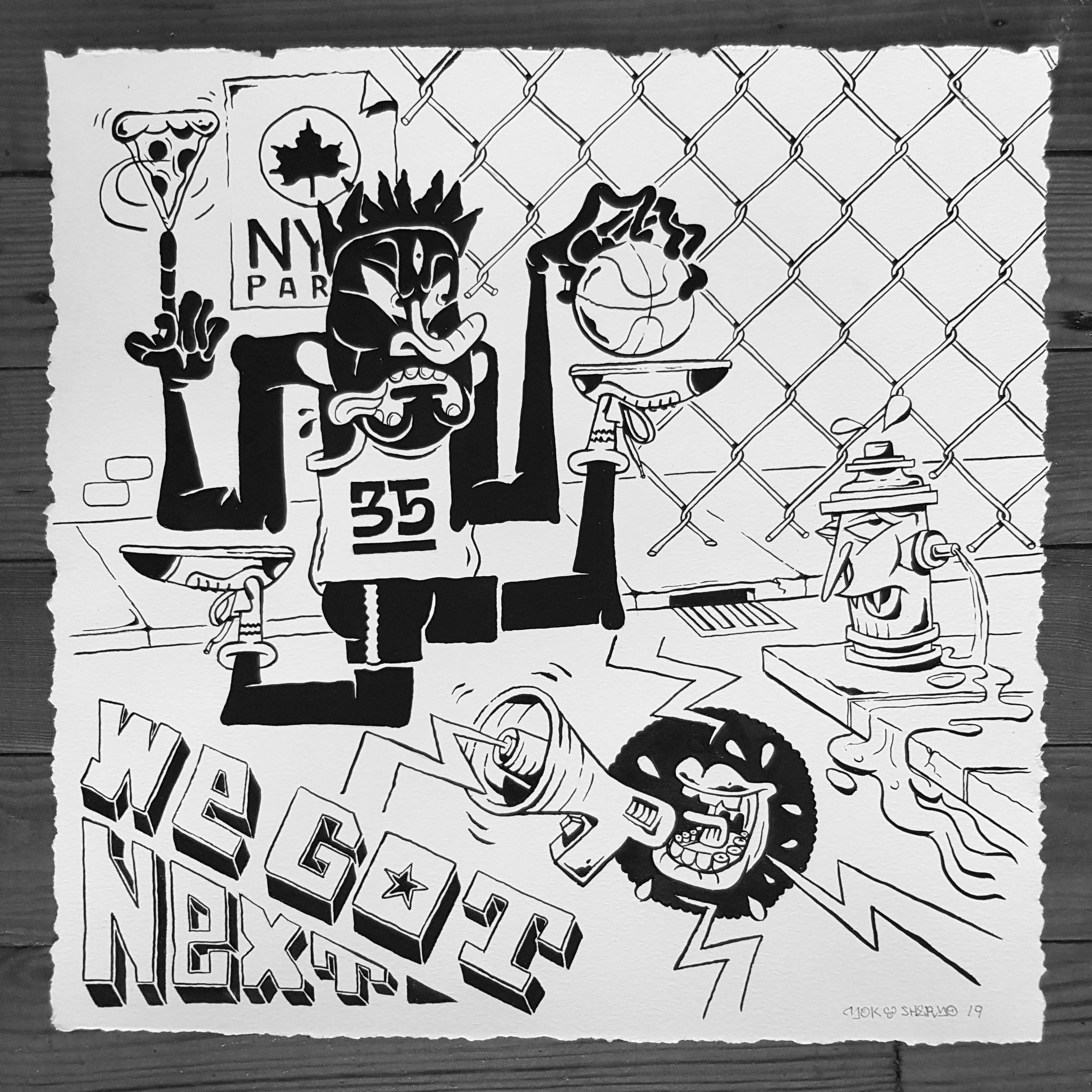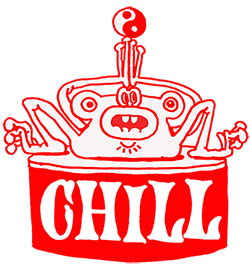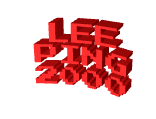Nike S23NYC Street Basketball
The brief:
12 illustrations/paintings that represent KEY moments in NY’s Street Basketball history.
The artwork starts with the iconic Rucker Park court in Harlem and depicts how this location and the individuals attending the games influenced hip-hop music, breakdancing, and graffiti culture.
Office Shots



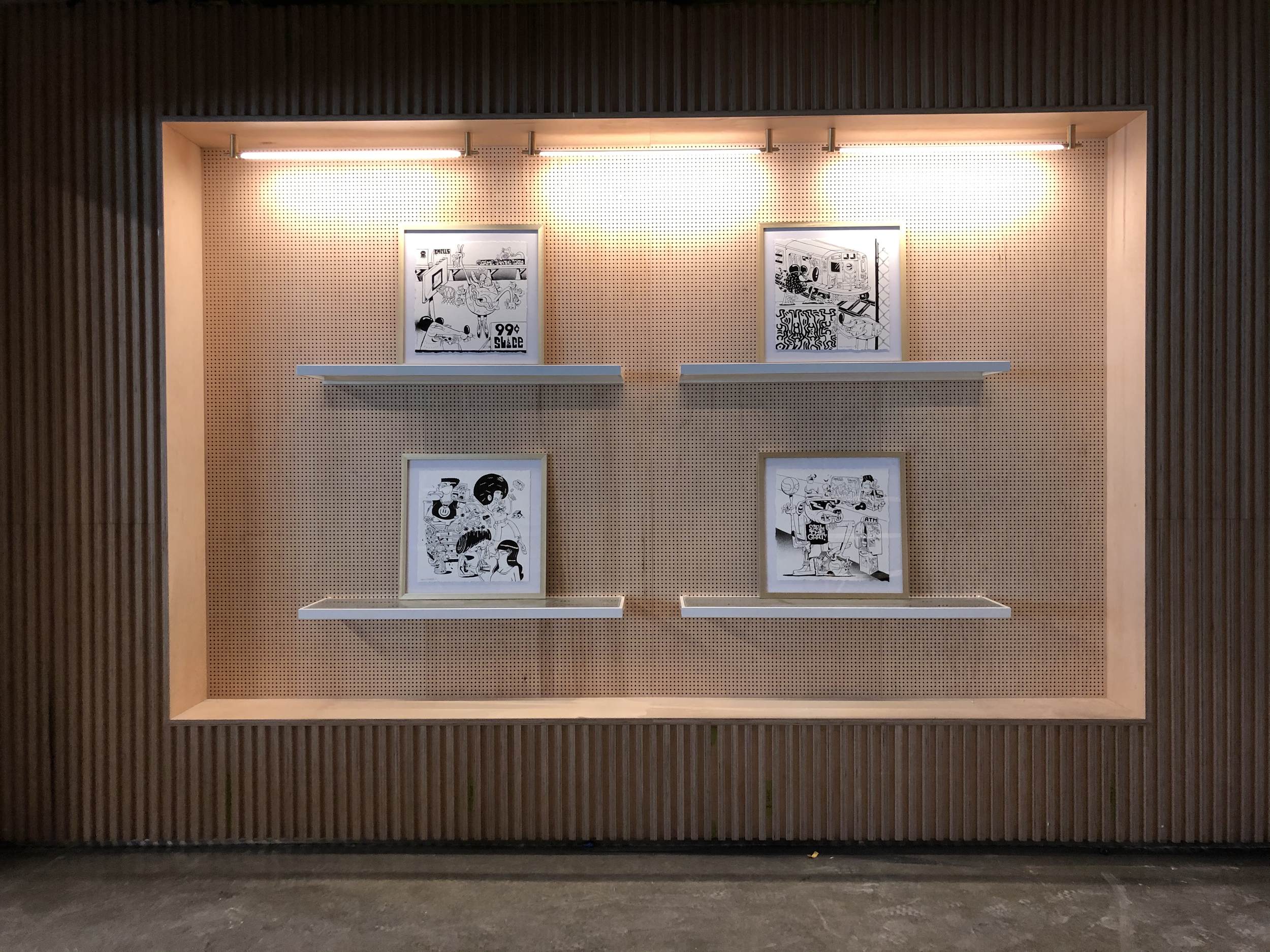



Paintings on Paper
15 x 15 in

Backboard Quarters 💰
A rumor once said, Herman “The Helicopter “ Knowles could leap so high he could pick quarters off the top of the backboard. An amazing player and hero of street basketball as a train whizz by the skyline with ”Crime in the City” painted on it. This comes from a quote from the writer “Skeme” in the 1983 graffiti documentary “Style Wars”. All you see is crime in the city

Earl the Goat 🐐
This piece illustrates one of the legends of the game, Earl “The Goat” Manigault. 🐐, amongst the true heroes of Rucker Park. We wanted to highlight a lesser-known king of the court, and other players like Dr. J and Kareem Abdul Jabar who’re also his peers. Born in 1944 and raised in Harlem, NY. His long limbs made him a formidable player with extraordinary leaping ability. “Goat Park” on Amsterdam at West 99th Street in Manhattan is named after him. In the film Rebound: The Legend of Earl “The Goat” Manigault celebrates his life.


How street basketball in NY influenced culture
It's fascinating to learn that while these legendary games were happening at street basketball courts all over NYC, the fans watching were forming the very beginnings of what we now know as hip-hop. It's not just the music that was born out of these neighborhood courts, but a rich subculture that left its mark on fashion, dance, and music. The piece above depicts a few fans experimenting with two turntables and a mixer, which became a key instrument to hip-hop music. It's amazing to see how these seemingly unrelated activities on the court came together to create something so unique and influential.
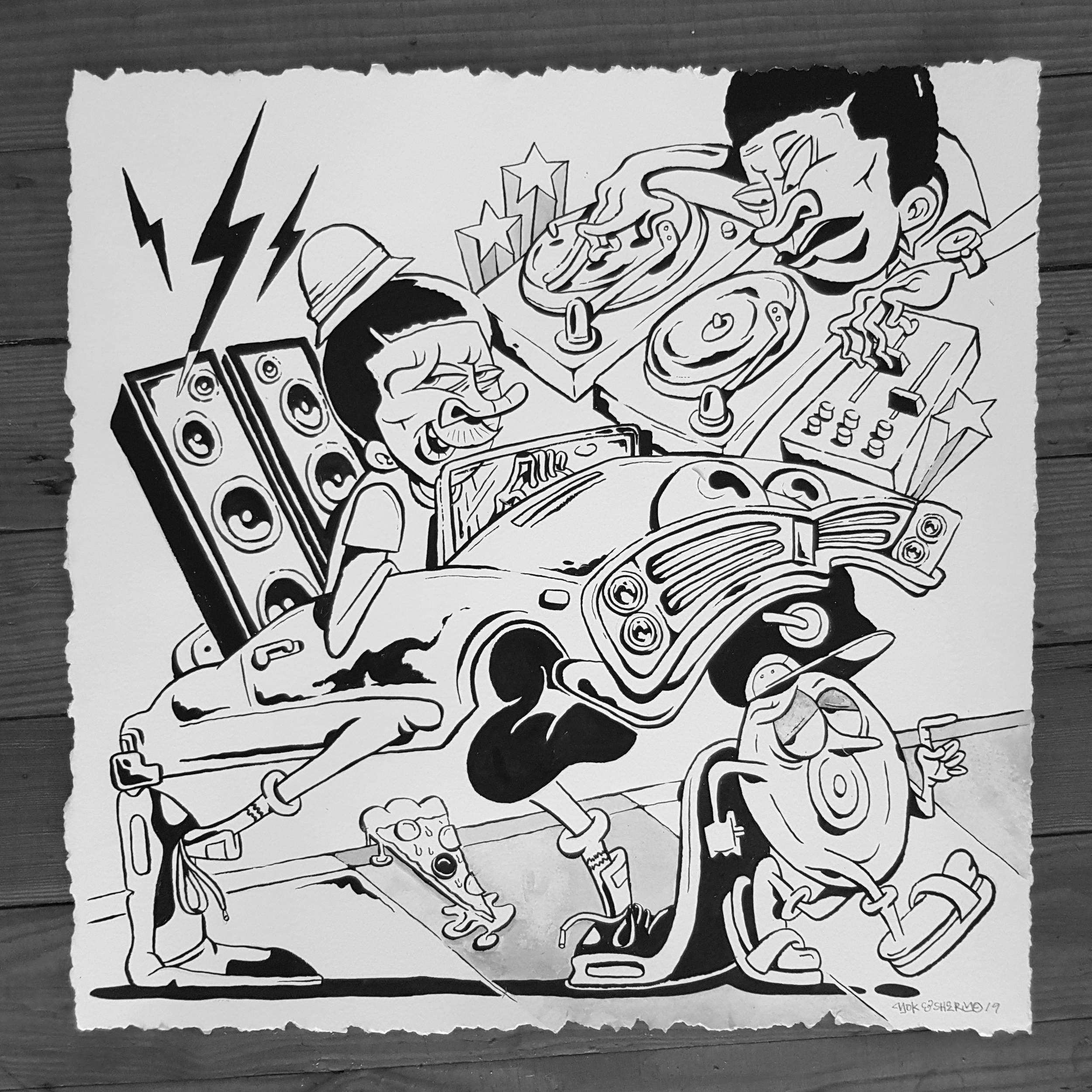
DJ Kool Herc
This example shows Clive Campbell, DJ Kool Herc the Jamaican DJ who is credited for originating hip-hop music in the Bronx. In the 1970s through his “back to school jam” on Sedgwick Ave. His new style of using a break from a drum beat and switching to a new beat on another turntable was innovative. Campbell would then make announcements over the beat in a syncopated, rhythmical method this style influenced many new artists such as Afrika Bambaataa and Grandmaster Flash. This image also shows the iconic photo of Campbell rolling through the Bronx in his 66 Pontiac with massive speakers.

Each one Teaches one
This piece illustrates the Holcombe Rucker story of getting the first inner city court constructed. As a parks and rec employee, he started the famous pro-am basketball tournament and the “Each one teaches one” legend in basketball.

Rock Steady Crew 🍕️
While DJ Kool Herc was busy starting the precursor to today’s hip hop, the fans were dancing and forming the beginnings of what is now called breakdancing. Herc would call these dancers break boy or break girl. These dances would often take place on basketball courts across NY. This image depicts a pizza version of Crazy Legs a Puerto Rican b-boy from the Bronx and President of the Rock Steady Crew. What’s up @dozegreen another legend of the game.

Kevin Durant
This piece depicts a street basketball scene and references a game when Kevin Durant dropped 66 points in his first game at Harlem’s Rucker Park in 2011. Just one of many legends and legendary stories that went down on this magic court.
